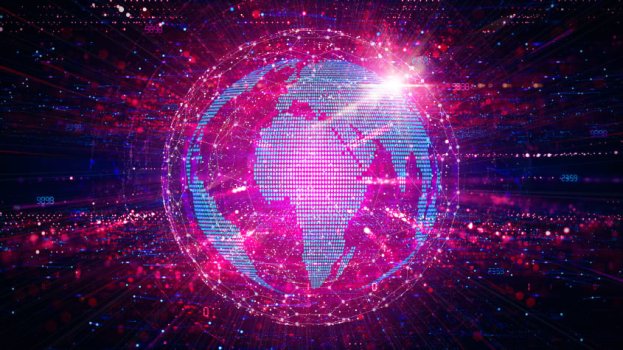In the beginning, Tim Berners-Lee created the world wide web. It was basic by modern standards, composed of static pages and limited interaction. It was on this foundation that the modern tech giants – Google, Facebook, Amazon and Apple – created something new. Web2 is characterized by dynamic, mobile-first, digital services and social media, underpinned by large platforms, and is what we’re all familiar with.
Now, a new generation may be imminent, and it has captured the imaginations of the Silicon Valley chattering class – a new technological paradigm that has been termed ‘Web3’ by Gavin Wood, a co-founder of the Ethereum cryptocurrency. What exactly Web3 is supposed to be, though, is surprisingly hard to define.
“You always have the feeling you don't really know what it is because even the people who claim to do it can't often explain what it is that they're doing and why they do it,” says Jurgen Geuter, a sociotechnologist who studies the intersection of technology and politics.
Awkwardly then, it isn’t easy to explain what Web3 means, as it has become a catch-all term for a bucket of futuristic technologies, and some of the ideas associated with it intermingle with similarly vague high-concept ideas such as the metaverse.
Continue reading: https://www.itpro.co.uk/infrastructure/network-internet/367513/what-is-web3
Now, a new generation may be imminent, and it has captured the imaginations of the Silicon Valley chattering class – a new technological paradigm that has been termed ‘Web3’ by Gavin Wood, a co-founder of the Ethereum cryptocurrency. What exactly Web3 is supposed to be, though, is surprisingly hard to define.
“You always have the feeling you don't really know what it is because even the people who claim to do it can't often explain what it is that they're doing and why they do it,” says Jurgen Geuter, a sociotechnologist who studies the intersection of technology and politics.
Awkwardly then, it isn’t easy to explain what Web3 means, as it has become a catch-all term for a bucket of futuristic technologies, and some of the ideas associated with it intermingle with similarly vague high-concept ideas such as the metaverse.
Continue reading: https://www.itpro.co.uk/infrastructure/network-internet/367513/what-is-web3

